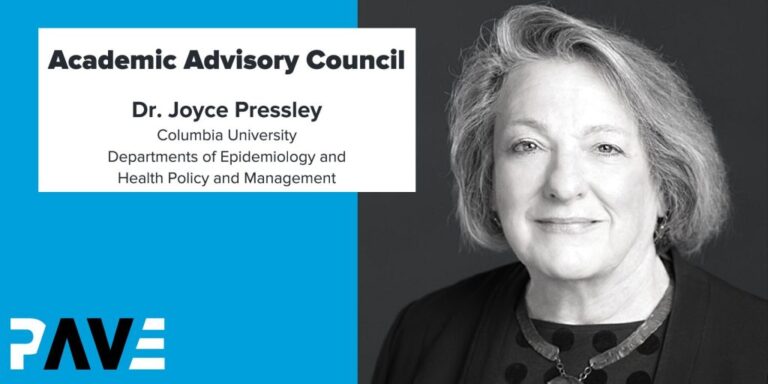About
Dr. Joyce Pressley is faculty in Epidemiology and Health Policy and Management at Columbia University where she teaches and directs the Outreach Core of the Columbia Center for Injury Science and Prevention. Her multidisciplinary work in transportation uses large multi-agency merged data sets to examine motor vehicle occupant safety including the intersections of behavioral, technological, regulatory and vehicle characteristics operating in rural and urban environments.
PAVE: How does your work align with our mission of educating the public about AV technology and its promise?
My teaching, outreach and leadership positions in state, regional and national organizations, including serving as the current Chair of the Transportation Research Board’s (TRB) Occupant Protection Committee, a member of TRBs Impairment in Transportation Committee and the CDC-funded MV National Peer Learning Network provides a forum for organizing symposia and disseminating ADAS and AV educational materials to lawmakers, industry, medical societies, and professional organizations.
PAVE: What challenges do you see in improving public education about automated vehicles? How can we address those challenges?
Clarification of terminology, improved standardization and consistent use of terminology could decrease confusion on ADAS and AV. A good next step in consumer education is engaging and educating the public health community, professional organizations and societies, and journalists.
PAVE: What are current barriers you see in public acceptance of automated vehicles?
High profile misfires, whether behavioral and/or technological in origin, are a challenge.
 PAVE US
PAVE US PAVE EUROPE
PAVE EUROPE PAVE UK
PAVE UK

